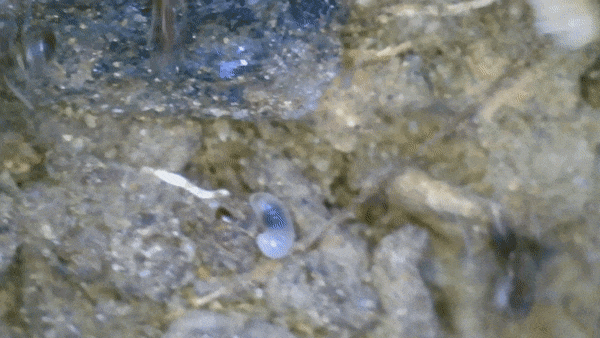We all long for a time when things were much simpler, when one did not have to worry about making sure that blog posts are sent every Monday, when one need not worry about why people are not liking their Instagram stories or TikTok dance videos. Also, Kim and Britney's personal life update notifications are not constantly vying for your attention.
Having no responsibilities can make any time look simple and most people get nostalgic thinking about moments during their childhood where they did not have to worry about cooking food, changing diapers, paying rent or finishing a blog post for Monday (Enough already, we get your point, okay).
Being a social animal means everyone needs to own a social media account, collectively help find food to feed the group and play an active role in raising the helpless younger generation. It is at that time the younger generation are blissfully unaware of all the efforts the older generation are putting to make sure they reach adulthood in one piece. Today, we will take a look at some of those cases.
European Paper Wasps are frequently mistaken for Yellow jackets just as Jessica Chastain is often confused with Bryce Dallas Howard. Now a quick glance at the environment you see them in might give them away i.e. an Oscar nominee movie or the 1251st Jurassic Park movie. Similarly, where you see the wasp will give away which type of social wasp it is. (I have covered the difference between these wasps in the past over here and here)
European paper wasp adults will hunt for caterpillars and other insects to feed the young ones in the colony who still haven't got their pilot's license. But, the whole purpose of having young ones in the colony is to make lives laborious for adults.
So, they will throw tantrums when given a bigger piece of food. "Smaller piece! Smaller!" they will shout in protest.
Below are a couple of adult workers trying to cut the food into smaller pieces, chew them and ultimately feed the ungrateful babies.
You see, the larvae start as eggs deposited deep within each cell. As the larvae hatch from the eggs and keep feeding, they will increase in size till they reach the opening of the cell. Shown below is an example of a recently hatched larvae to one that will soon pupate.
Another thing that young ones are notorious for, is being utterly helpless whenever disaster strikes. They rely completely on the adults in the room to get them out of this scenario. This can be easily observed when one intentionally/unintentionally disturbs an ant colony like I did to an Argentine Ant colony.
By the way if you are curious, the transparent bodies that the workers are carrying are the larva and the whitish bodies are the pupa. Amidst the chaos, one worker ant carrying a pupa drops a larva. Is this going to be the end of this helpless soul?
Unlike humans who suffer from the bystander effect where whenever we see an accident on a freeway, we all take out our phones and start to record the chaos for our Instagram Live followers instead of calling 911. Ants, on the other hand, do not rely on "it's not my job, I already did my job" philosophy and will proactively pick up the slack from their sister workers.
⚠️⚠️⚠️ Upcoming event alert⚠️⚠️⚠️
If you are interested in joining an upcoming BioBlitz as a docent or an explorer at Alum Rock Park, San Jose on Sunday, May 1st please register using this link.








No comments:
Post a Comment
Did you learn something new in this post? Let us know in the comments below